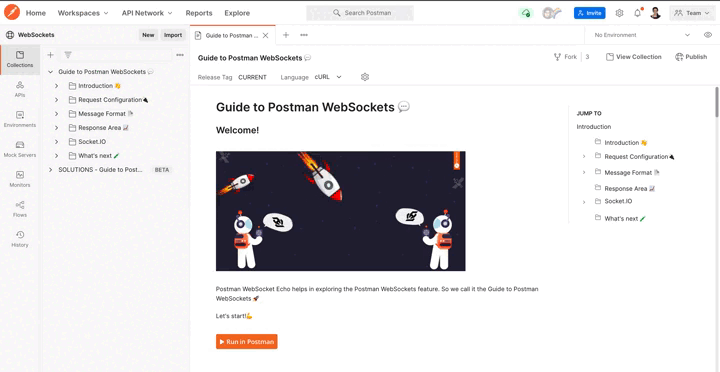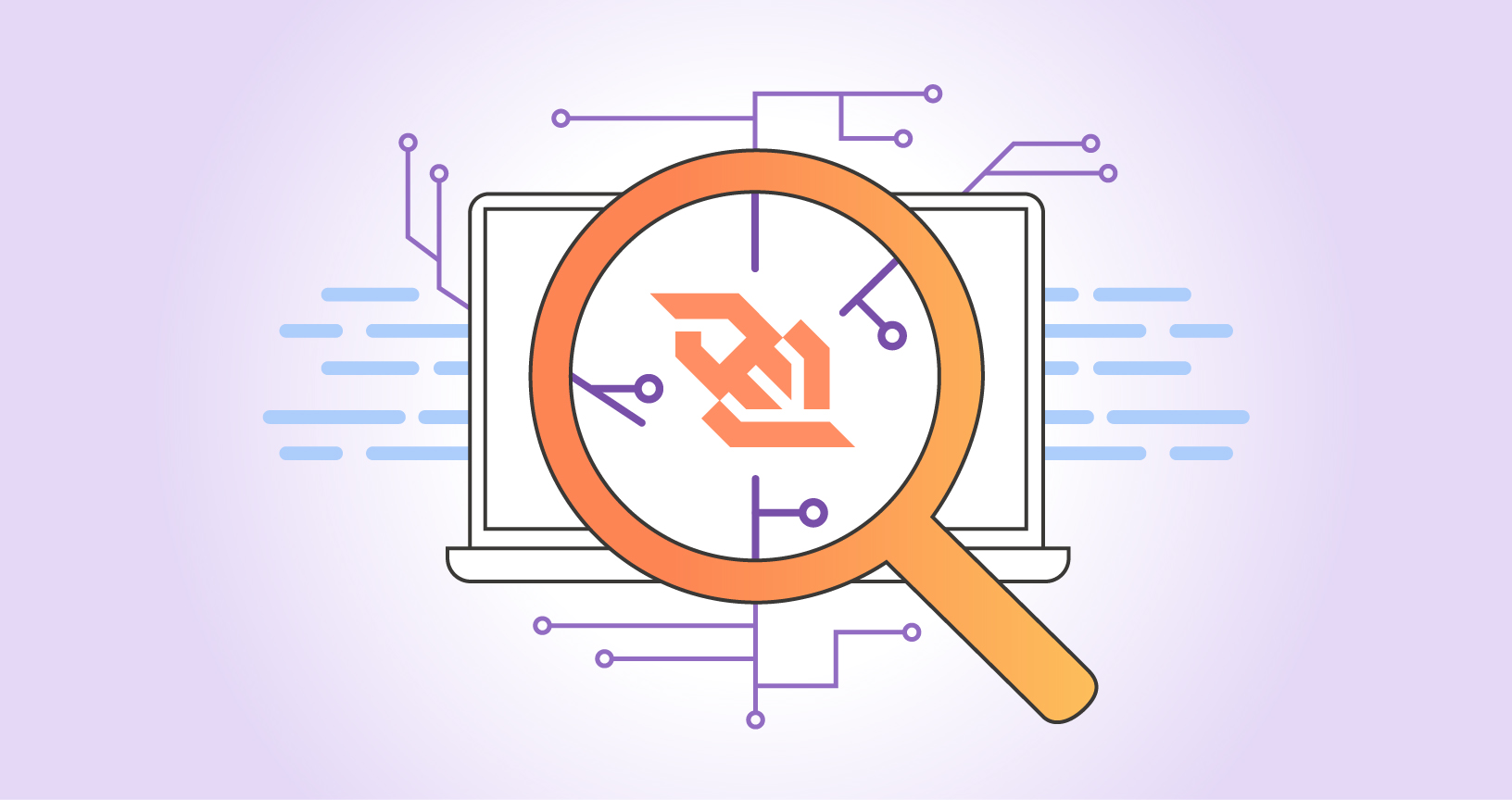Introducing Postman’s WebSocket Echo Service
Following up last year’s much-anticipated support for WebSockets, one of the most requested features in Postman, we are excited to introduce the Postman WebSocket echo service. Similar to Postman Echo, you can use this WebSocket echo service to explore our WebSocket request feature in Postman with sample WebSocket endpoints. Check out the Guide to Postman WebSockets collection to get started, and you can also fork the collection here:
How did it come about?
When I heard about support for WebSocket protocols in Postman, I immediately wanted to explore the big feature thoroughly. And since learning about a tool by playing around with it firsthand is always an interesting and direct approach, I started to build some WebSocket servers to test them out via Postman. While these servers weren’t initially intended to launch as a public echo service, they’ve proven helpful—and now I hope they’ll be able to assist other developers in the Postman community as they navigate WebSockets.
About the servers
WebSocket echo service can be subdivided into two WebSocket servers. One for Raw WebSocket connections and the other for Socket.IO connections.
- Raw: wss://ws.postman-echo.com/raw
The Raw WebSocket echo server acts as a simple echo server. It is designed to have three other paths which will help you in understanding how to use query parameters, headers, and message formats while testing your WebSocket APIs in Postman.
- Socket.IO: wss://ws.postman-echo.com/socketio
The Socket.IO echo server stands as an example of how event listening and event handling by Socket.IO WebSocket servers can be done in Postman.

If you run into any issues connecting to your WebSocket servers, this WebSocket echo service, along with more info in our WebSockets public workspace, will help you troubleshoot. You can try connecting and sending messages to it to decide if the error is coming from the endpoint you are trying to connect to or from Postman’s end.
We invite you to participate in the Postman Community forum discussion around WebSocket support and follow our GitHub issue tracker link in order to talk to us about improvements, ideas, and issues. We also recommend that you check out our Learning Center documentation for WebSockets to know more about how to use Postman for WebSocket APIs and to suggest documentation improvements you would like to see.

What do you think about this topic? Tell us in a comment below.